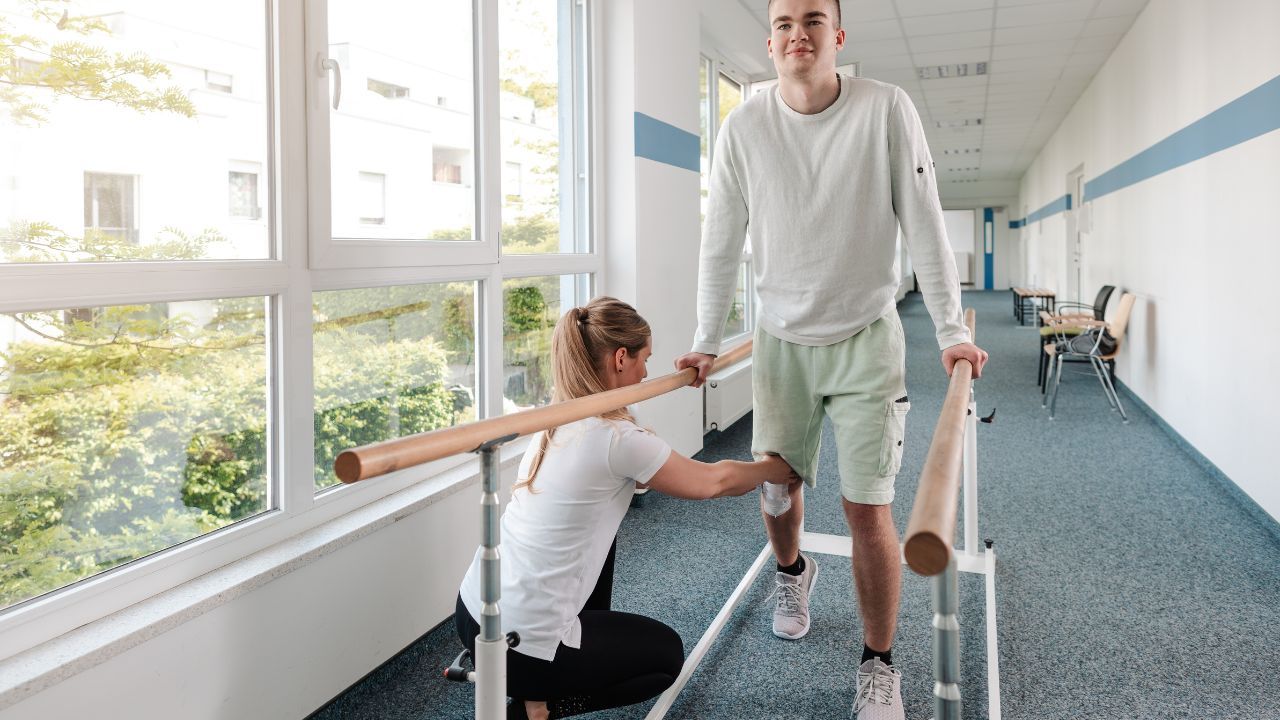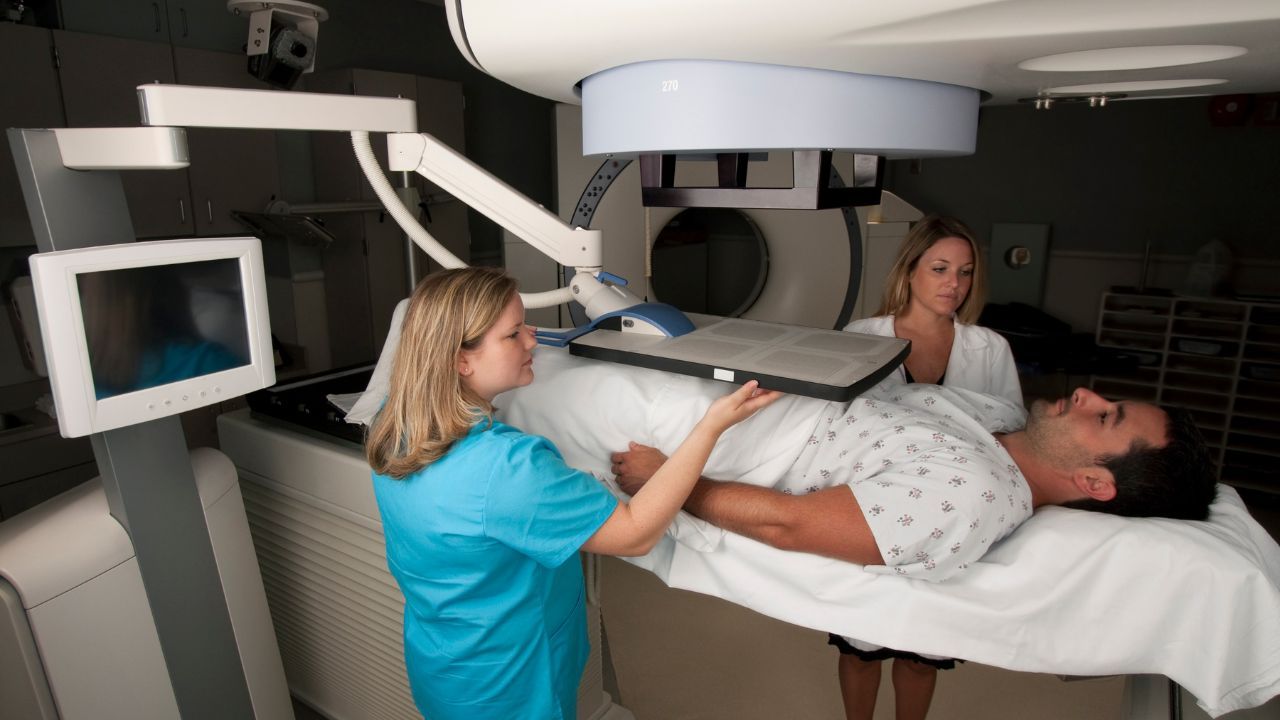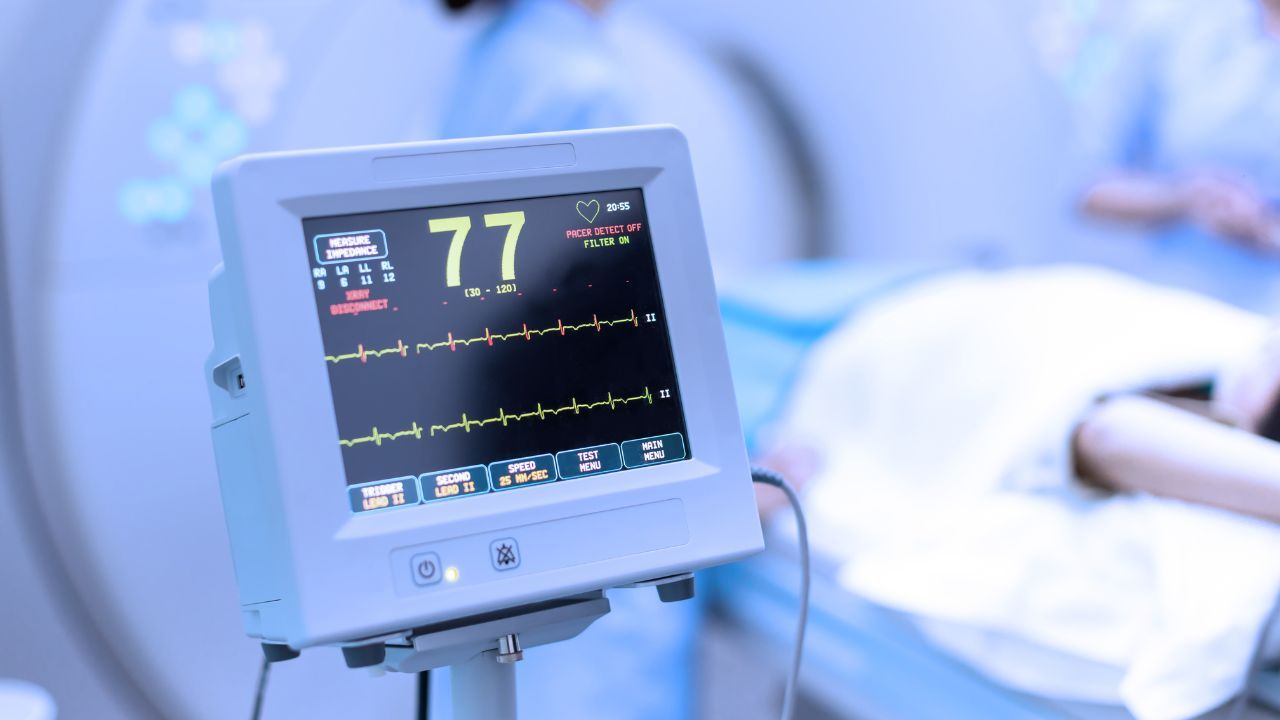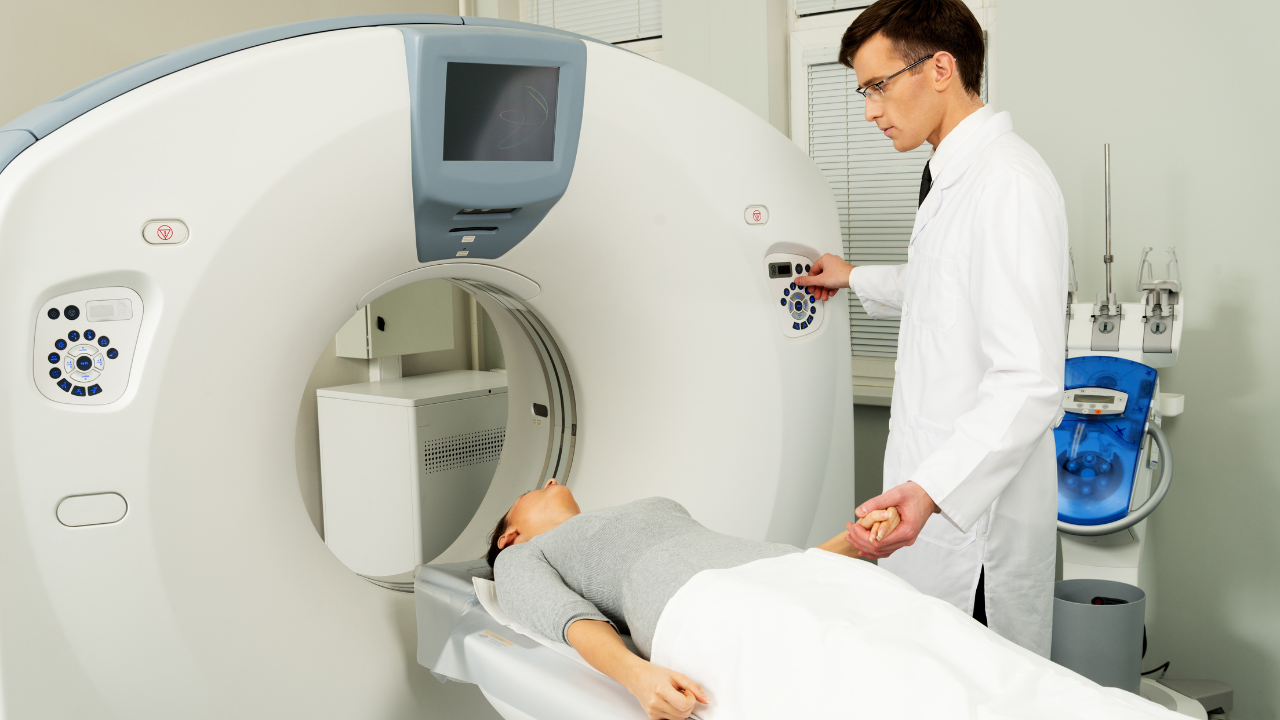Blog and News

Tips to prevent injuries in school sports

More children are competing in sports and activities than ever before. Being active is a great way for children and adolescents to keep their body fit and feel good about themselves. However, there are some important injury prevention tips that parents should be aware of to prevent or minimize injuries and promote a safe and healthy experience for their child. All sports and physical activities come with a risk of injury. In general, the more contact in a sport or activity, the greater the risk of a traumatic injury. However, most injuries in young athletes are due to overuse of a part of their body.
Most injuries occur in ligaments (which connect bones together), tendons (which connect muscles to bones) and the muscles themselves. Stress fractures can also occur from overuse or strenuous exertion.
The most frequent sports injuries are sprains (injuries to ligaments), strains (injuries to muscles) and stress fractures (injuries to bones). Alls can be caused when abnormal stress is placed on tendons, joints, bones or muscles.
To reduce the risk or sports- or activity-related injuries, consider these tips:
Take some time off. Plan with your children to have at least one day off a week from a sport or activity to allow their bodies to recover.
Wear the right equipment. Athletes should wear appropriate and properly fitted protective equipment such as pads, helmets, mouthpieces, faceguards, protective cups and eyewear. It is important for young athletes to understand that using protective gear will not make them invulnerable during dangerous or risky activities.
Strengthen muscles. Conditioning and warm-up exercises are important during practice and especially before being active to strengthen muscles used in sports or other activities.
Increase flexibility. Stretching before and after practices, games or activities can increase the body’s flexibility.
Use the proper technique. A good coach or advisor should teach a young athlete the proper technique to help prevent injury. This should be reinforced during the playing or activity season.
Take breaks. Rest periods during practices, games and activities can reduce the risk of injuries and give the body much needed time to moderate itself.
Stop any activity if there is pain. If the pain persists, seek medical attention.
Drink plenty of fluids. Everyone’s body requires liquids to fight off exhaustion, keep the organs functioning properly and to lubricate the body’s joints and other connective tissues. Be especially aware of high heat and humidity conditions.
For any sports- or activity-related injury, seek medical attention when necessary. Your child’s physician may require scans, x-rays and other medical diagnostics. Consider Fox Valley Imaging as a faster, more convenient and more economical alternative to a local hospital or other medical diagnostic services.
Fox Valley Imaging’s services include fluoroscopy/arthrography, high field MRI/MRA, digital general x-rays, ultrasound, multidetector CT/CTA and DEXA. Appointments can be made by calling 630.416.1300.
Recent Posts



Services
Contact Details
Address: 1971 Gowdey Road,
Naperville, IL 60563
Phone: 630-416-1300
Fax:
630-416-1511
Email: info@foxvalleyimaging.com
© Copyright 2023 Fox Valley Imaging, Inc..



